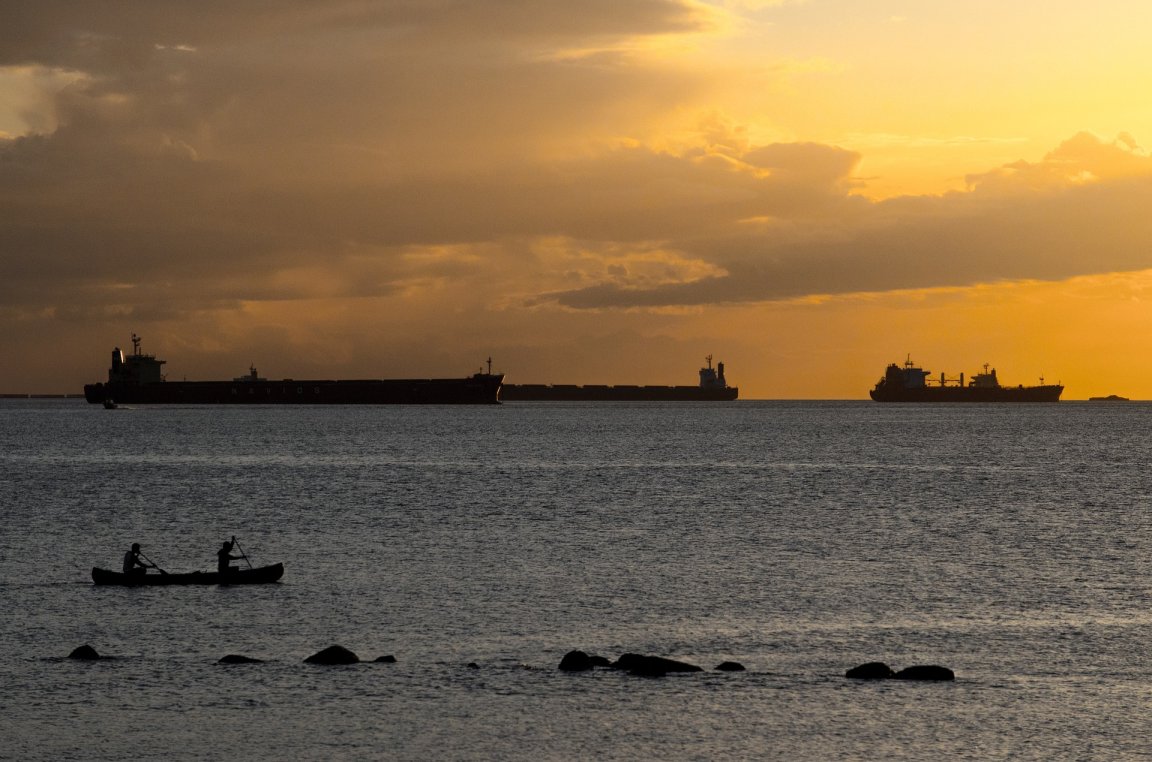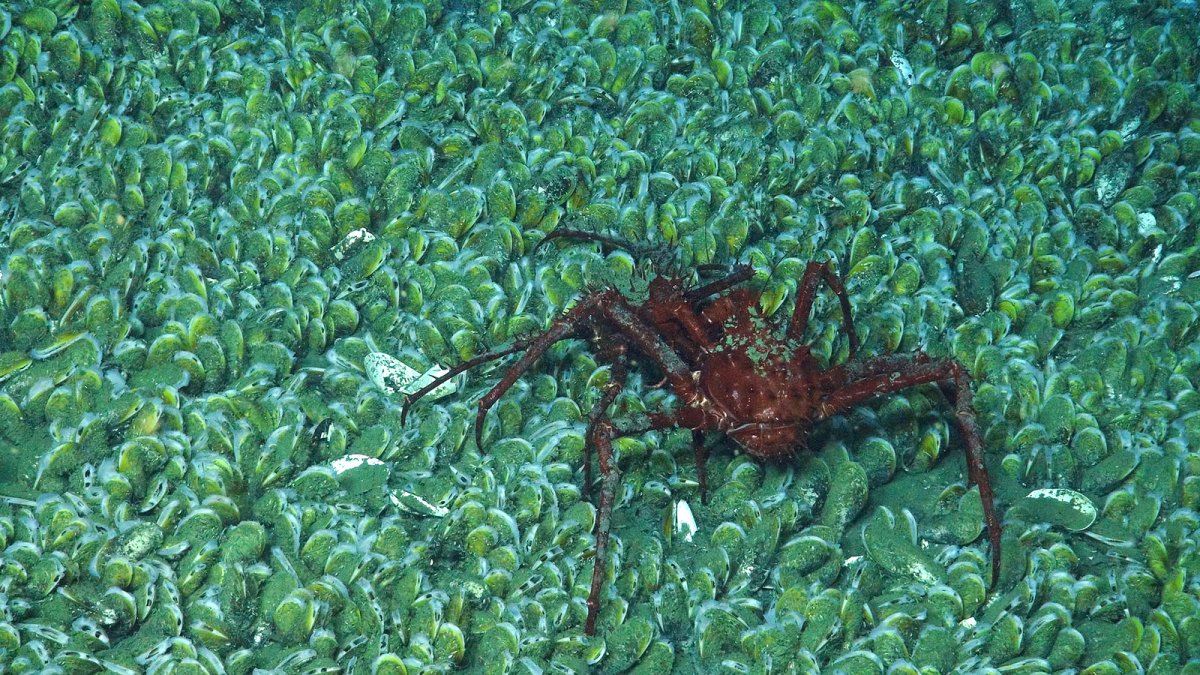
Treaty Protecting High Seas
After more than a decade of discussion in the United Nations, the high seas — waters that lie outside any country’s jurisdiction — may start to have some environmental protections put in place. In early 2018, a majority of the U.N. will begin discussing a treaty protecting high seas from pollution and human impacts.
At least 141 of the 193 U.N. member states will start the formal talks that are expected to deliver a treaty for the protection of the high seas in 2020. “It is wonderful to have this strong indication of support and global recognition that we need to protect marine biodiversity in the areas beyond national jurisdiction — areas that comprise almost half of the planet,” Peggy Kalas, coordinator of the High Seas Alliance network, who will attend the negotiations, told Futurism. The treaty would set conservation areas and dictate catch quotas.

The high seas make up about 58 percent of our oceans. They stretch from the tropics to the poles, from surface waters to the deep sea. Despite being host to a significant part of the planet’s biodiversity, very little is known about the environmental threats that impact those areas. According to the High Seas Alliance, only five percent of the high seas have been investigated, because most research focuses on coastal areas. This is partly due to the fact that the main sources of ocean pollution are chemicals like pesticides and fertilizers that are produced and used inland, and eventually find their way to the ocean as chemical run-off.
Remote But Vulnerable
But in places that are being explored for the first time, human impacts are already evident. Aulani Wilhelm, Conservation International’s Senior Vice President of Oceans, told Futurism about a recent expedition by the Hawaii Undersea Research Lab, which revealed devastating impacts to some of the most ancient reef systems and undersea mountains from trawling gear, nets, and miles of fishing line. “Such systems contain reefs within 150 meters (492 ft) of the surface of the ocean,” she said. “These corals occur in the ‘twilight zone’ of the ocean – deeper than what can be reached by SCUBA and shallower than what is typically accessed by submersibles.”

Wilhelm said that that, if approved, the treaty could protect some of the most vulnerable and potentially over-exploited ocean resources on Earth, particularly deepwater ecosystems and seamounts. Protecting these areas, identified by the International Union for the Conservation of Nature (IUCN) as a top research and conservation priority, “could likely yield higher conservation, food security, and climate resilience value than most other areas of the high seas.”
Practical Challenges
Conservationists acknowledge that bringing together a vast number of countries with different interests and priorities is definite challenge. But the good news is that these models already exist on a smaller scale, and lessons drawn from national experiences can be used to inform high seas protection.
If the treaty is signed, Wilhelm added, the real work begins. “Just like countries have designed large-scale managed areas to protect ocean resources within national borders,” she said, “Similar measures will need to be developed among multiple countries for priority high seas areas inclusive of research, monitoring, surveillance, and enforcement.”
“It is clear that the implementation phase will be extremely delicate,” Marco Affronte, Member of the European Parliament and former scientific adviser to the Cetacean Foundation of Riccione in Italy, told Futurism.
“Given it will be in the hands of the member states, I do feel slightly skeptical” he said. “At the same time [a treaty] would be a strong signal of awareness about what we are doing to our oceans.”